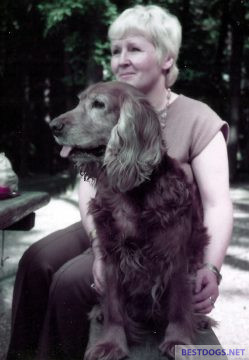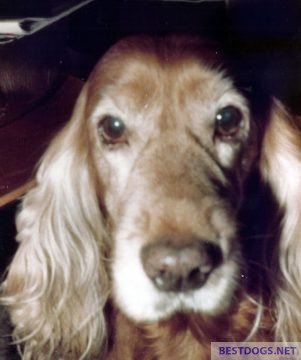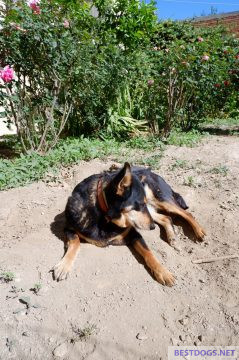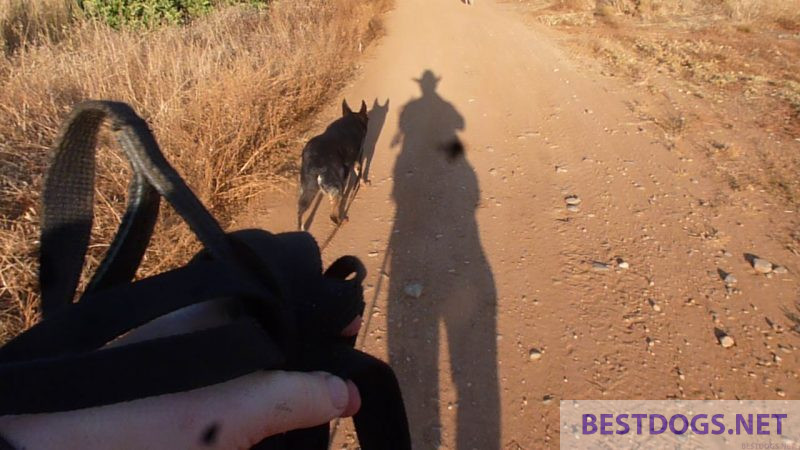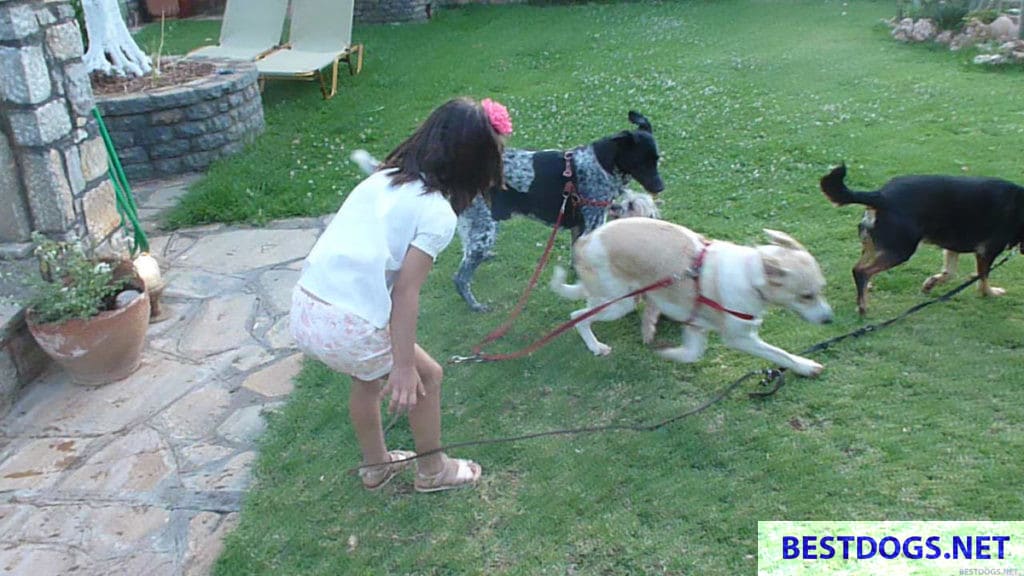The requirements for elderly dogs and their adoption.
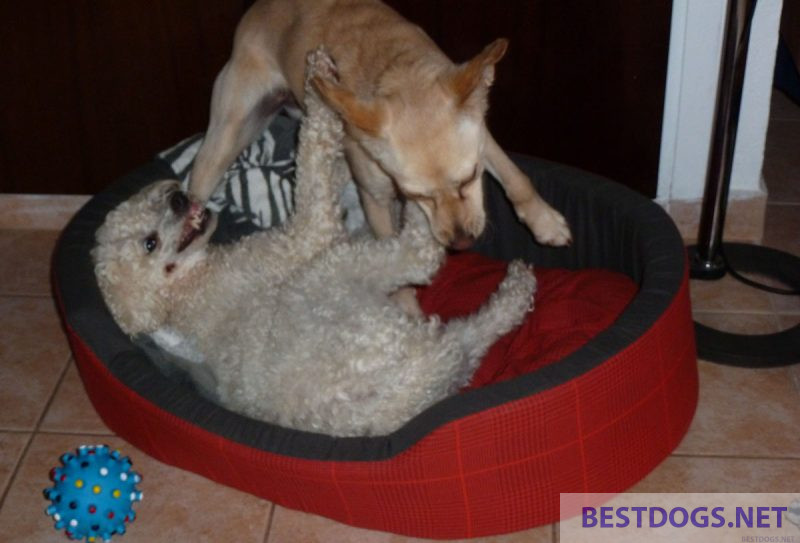
Although it is unwise to give a dog a new home solely for emotional reasons, people who have a big heart may be tempted to adopt a dog whose only shortcoming is advanced age.
Adoption of elderly dogs
Table of Contents
Especially with elderly dogs, the chances are good, as they experience satisfaction once again in this later phase of their lives, while the new owner may get the ‘dog of his lifetime’.
Other advantages are that older dogs are usually calmer and gentler with children and older people, provided they have been sufficiently socialized. They have also usually outgrown the potentially awkward chewing phase, can be left alone for extended periods of time, and in most cases do not require constant supervision.
On the other hand, the older dog has specific needs and potential age-related health problems, so one must enter into this relationship fully aware of the potential problems.
The general definition of ‘elderly dog’ is the last third of normal life expectancy for a given breed. Larger breeds tend to age more quickly than smaller dogs, so a Great Dane cross may be considered ‘elderly’ at five years of age, while the small terrier with the same number of years of life is not.
This is not a hard and fast rule, however, because if a dog, large or small, has a genetic predisposition to a particular disease, this can also affect its lifespan.
The ladies and gentlemen of the best dogs
A ‘retired’ German Shepherd, on the other hand, sits calmly in his transport crate, patiently waiting for someone to come to him. After getting a leash put on him, he looks up and waits for initial instructions.
This nine-year-old Border Collie had to be relinquished by his owner, a farmer, due to a change in his circumstances, but he was desperate to have a retirement home for the dog.
At the shelter, many visitors immediately showed interest in the dog and within two weeks he was taken in by a new family who were absolutely thrilled with the new Family dog.
These stories are not exceptions, as many dogs end up in shelters after a ‘working life’ or due to the loss of their owners. Although some older dogs are more worrisome due to declining health than their youthful counterparts, in fact most of these dogs are the real ‘ladies and gentlemen of the dog world’ due to their upbringing, life experience and composure.
Adult Rescue Dogs
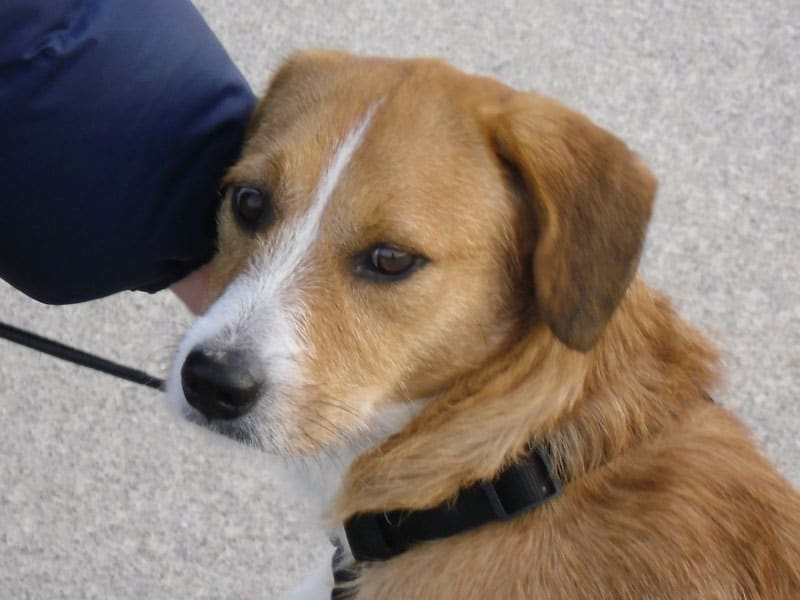
If you take in an adult or older Rescue Dog, you have to keep in mind that he has had more life experiences with each passing year. These are in addition to his already inherited behaviors. However, what these dogs have missed out on in terms of education and experience in the early part of their lives also often requires a greater amount of training and time to make up for.
Some of these dogs may also have developed neuroses that need to be treated. Sometimes training is not enough, behavioral therapy is much more necessary.
The former strays adapt only slowly and with difficulty to the regular life in a house and family. They can be shy like wild dogs even after years, when strange people, animals or situations approach them.
Dogs that have been mistreated or rescued from bad care, on the other hand, adapt to our life more easily. Despite their bad experiences, they therefore prove why dogs and humans are so close to each other, because they are adaptable like hardly any other animal. In quite a short time and with enough understanding and empathy, they can become our trusted partner.
But if this does not succeed, a decision should be made quickly. There are many reasons for this, from aggressive behavior, which can only be treated with great effort, to fear of being alone, because the master has to go to work for a few hours a day.
Then it means to tackle the problem with a competent advisor, be it books, expert dog websites or helpful people who know the subject, or with the help of the mediating agency, and to fix it, or to give the dog back.
Neither option is to be condemned, but you should be honest with the dog, the placing organization and with yourself. After all, no one is helped if dog and human become unhappy because they are not suited to each other.
If you are an experienced dog owner, you can solve problems with the dog with time and patience, on the other hand it looks different with an inexperienced family with a child !
Nevertheless, every adopted dog needs a few weeks in its new home until it has really ‘arrived’ and often it is only minor initial difficulties, which quickly pass if you show understanding and patience towards the dog.
Seresto Large Dog Vet-Recommended Flea & Tick Treatment & Prevention Collar for Dogs Over 18 lbs. | 8 Months Protection
Now retrieving the price.
(as of April 20, 2024 22:43 GMT +03:00 - More infoProduct prices and availability are accurate as of the date/time indicated and are subject to change. Any price and availability information displayed on [relevant Amazon Site(s), as applicable] at the time of purchase will apply to the purchase of this product.)Fresh Step Clumping Cat Litter, Multi-Cat Odor Control, 14 lbs
$13.99 (as of April 20, 2024 22:43 GMT +03:00 - More infoProduct prices and availability are accurate as of the date/time indicated and are subject to change. Any price and availability information displayed on [relevant Amazon Site(s), as applicable] at the time of purchase will apply to the purchase of this product.)Dr. Elsey’s Premium Clumping Cat Litter - Ultra - 99.9% Dust-Free, Low Tracking, Hard Clumping, Superior Odor Control, Unscented & Natural Ingredients
$20.99 (as of April 20, 2024 22:43 GMT +03:00 - More infoProduct prices and availability are accurate as of the date/time indicated and are subject to change. Any price and availability information displayed on [relevant Amazon Site(s), as applicable] at the time of purchase will apply to the purchase of this product.)Common signs of aging
More mature dogs can be a little more ‘laid back’ and less active, but this varies depending on the individual. Not all dogs age at the same rate, as some dogs gray prematurely, just like humans, and this can also be due to stress. So, unfortunately, it is not surprising that middle-aged dogs with relatively dark muzzles end up in shelters and turn very gray within a year.
Aging and behavioral changes that thus occur over time can be influenced by environmental factors. So, by providing a suitable environment, the likelihood of the dog reaching its genetic potential for maximum longevity can be increased.
A stress-free environment
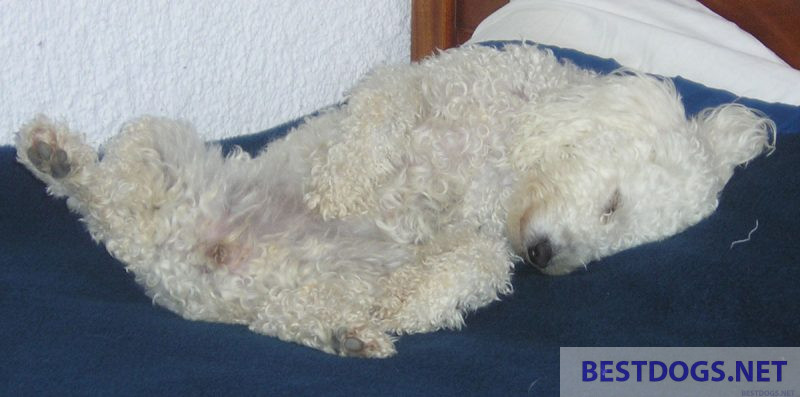
What is needed most when keeping an older dog is a large dose of common sense. Because both people and dogs are less able to deal with stress as they age, so the top priority is to create a stress-free environment in each case.
Mainly, the attention should be paid to the following things for the older dog.
The dog’s sleeping place should be in a warm, quiet, draft-free place where it will not be disturbed by people constantly walking by or bothered by children or other pets.
Dogs of all ages should be able to relieve themselves easily, but older dogs may be slower to do so, both in recognizing the need and in finding the designated place. This should be considered in local planning.
Older dogs often have poorer vision and hearing. Therefore, his sleeping place should preferably be against a wall so that he can see all around and does not have to monitor the space behind him.
It is important that your dog can easily get out of the dog basket and that his weight is evenly distributed to reduce pressure on his joints.
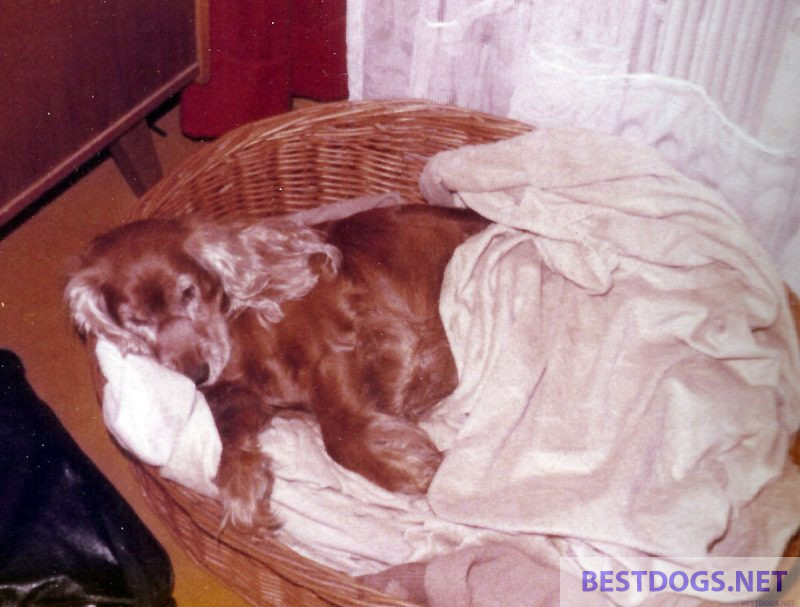
Hypothermia and severe pain from arthritis can occur in the winter. Therefore, he should have a blanket on his bed in cold weather. If he is then reluctant to go outside, he should be provided with a ‘dog coat’ in cold weather to keep his joints warm.
In the summer, older dogs can suffer from heat stroke and bloat. Some of the signs of heat stroke include excessive panting, increased salivation, and dry gums that become pale, grayish, and sticky.
Prevention is better than cure here. It is important to make sure the dog is out of direct sunlight and has access to shade and water. For some breeds, a coat clip can help cope with the heat.
Also, during the summer months, it is a good idea to limit walks to the early morning hours and evenings when the sun is low. This can help protect the older dog from the potential harmful effects associated with warmer weather.
As mentioned earlier, bloat is one of the problems with heat, which is due to abnormal accumulation of air-fluid in the stomach. Larger dogs and those with deep or narrow chests may be more susceptible to this.
Problems due to stress, swallowing air and fluid when drinking while the dog is panting heavily, can be common in the summer. Therefore, it is certainly beneficial to watch and protect older dog. In any case, it is also important to visit the veterinarian with the dog, because such problem can become serious.
Osteoarthritis is a common problem, but even if the dog is just stiff and sore, it should have a ramp so it can get up and down from higher areas, like into the car or on furniture. Larger dogs can be helped by having their food and water bowls elevated, as these make eating and drinking more comfortable if there is stiffness in the neck or back.
Brain slacking can be encouraged by providing a stimulating environment, such as hiding the dog’s food in the garden, which keeps both the dog’s brain and body active. New toys and games arouse his curiosity.
It is known that a reduction in oxygen supply to the brain leads to impaired brain function, so gentle exercise should be used to stimulate oxygen supply to the brain. But again, it is important to observe the dog’s reaction to the games you play with him and avoid frustrating or confusing him.
Avoiding stressful events in advance should also minimize the stress of the older dog. This should be done by observing reactions to potentially stressful influences, which may include strange dogs or children. Then, if the older dog becomes anxious, he should be moved to a safe distance. The better you know your dog, the better you will know what stresses him out the most.
Dogs feel safe when their environment is predictable and when they know what is expected of them. A major source of stress is any change in routine, so it is most important to introduce one as soon as possible and stick to it.



